What is DGMO contact and why it matters during India-Pakistan tensions
The DGMO contact allows India and Pakistan’s militaries to address ceasefire violations in real time

Asma Kundi
Producer, Islamabad
Asma Kundi is a multimedia broadcast journalist with an experience of almost 15 years. Served national and international media industry as reporter, producer and news editor.
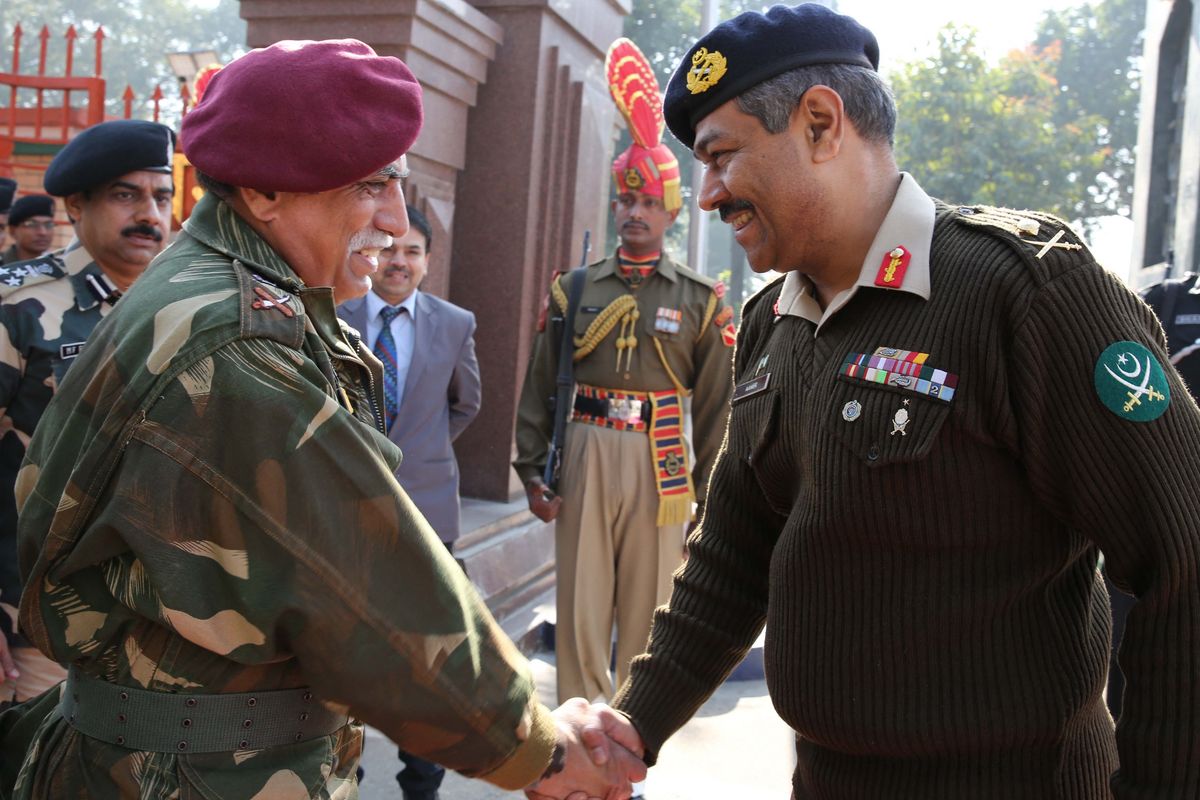
Pakistani Director General of Military Operations (DGMO) Major General Aamer Riaz (R) shakes hands with his Indian counterpart Lieutenant General Vinod Bhatia upon his arrival on the Pakistan-India Wagah Border on December 24, 2013.
AFP
A fragile calm has returned to the India-Pakistan border and Line of Control (LoC) after days of intense military exchanges, the worst in over three decades.
Both sides targeted the military installations of each other with drones and missiles, and dozens of civilians were reportedly killed. Pakistan has also claimed to have downed five Indian aircraft, including Rafale jets.
On Sunday, a ceasefire was announced, with the backing of U.S. President Donald Trump. The border remained quiet through Sunday night, according to Indian military officials. The military operations chiefs of both countries are expected to meet later in the evening today.
Despite the lull in firing, the political and diplomatic environment remains tense. In this context, a critical line of communication has once again come into focus: the DGMO contact.
What is DGMO contact?
The DGMO contact is a formal, military-to-military communication channel between the Directors General of Military Operations (DGMOs) of India and Pakistan. These senior generals, typically two-star officers, are responsible for operational military decisions, especially along sensitive zones like the LoC and the Working Boundary.
A dedicated hotline was established in 1990 to allow direct conversations between the two DGMOs. While regular weekly calls are scheduled—usually on Tuesdays—either side can initiate unscheduled contact during emergencies, heightened tensions, or incidents requiring immediate clarification.
Why is DGMO contact important?
In times when political and diplomatic relations are suspended or downgraded—as they often are between India and Pakistan—the DGMO hotline can serve as the last active communication link. It provides a neutral, professional, and apolitical forum through which both militaries can raise objections, de-escalate standoffs, and issue warnings or reassurances.
The channel helps prevent isolated incidents from spiraling into broader conflict. It also allows both sides to communicate intentions or clarify misunderstandings in real time, reducing the risk of miscalculation between two nuclear-armed rivals.
How does it work?
The DGMO contact primarily functions through the hotline connecting the military operations directors of both countries. Weekly scheduled calls allow for review of operational matters, including ceasefire violations, and can also be used to propose confidence-building measures.
Beyond these scheduled contacts, urgent messages can be relayed at any time. For instance, India used the hotline this past weekend to warn Pakistan about what it alleged were violations of the ceasefire. Pakistan denied the accusations.
At the local level, flag meetings between field commanders are another tool to address real-time border issues. Occasionally, face-to-face meetings between the DGMOs are arranged during severe crises. One such meeting took place in 2013—after a 14-year gap—amid increased violence on the LoC.
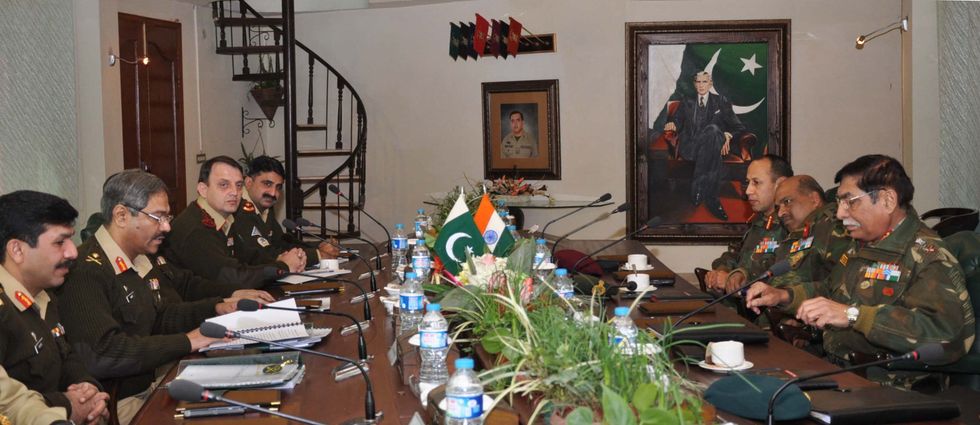
A track record during past crises
The DGMO contact has been instrumental in de-escalating tensions at key moments in India-Pakistan history:
- 1999 Kargil War: Despite active hostilities, limited but critical contact was maintained between DGMOs. Pakistan’s then DGMO, Lt Gen Tauqir Zia, used the hotline to convey developments to his Indian counterpart.
- 2003 ceasefire agreement: After months of deadly exchanges along the LoC, DGMOs negotiated a ceasefire that held for several years, bringing relative peace.
- 2013 face-to-face talks: The DGMOs met in person in New Delhi to ease a spike in cross-border violence and reaffirm their commitment to the 2003 truce.
- 2016 Uri attack and aftermath: Following a deadly militant assault on an Indian army base, India claimed it had carried out “surgical strikes” across the LoC. The DGMO hotline was used to exchange formal concerns and denials.
- February 2021 joint statement: In a rare coordinated effort, both countries' DGMOs issued a joint statement agreeing to uphold the 2003 ceasefire. The agreement led to a significant reduction in cross-border firing.
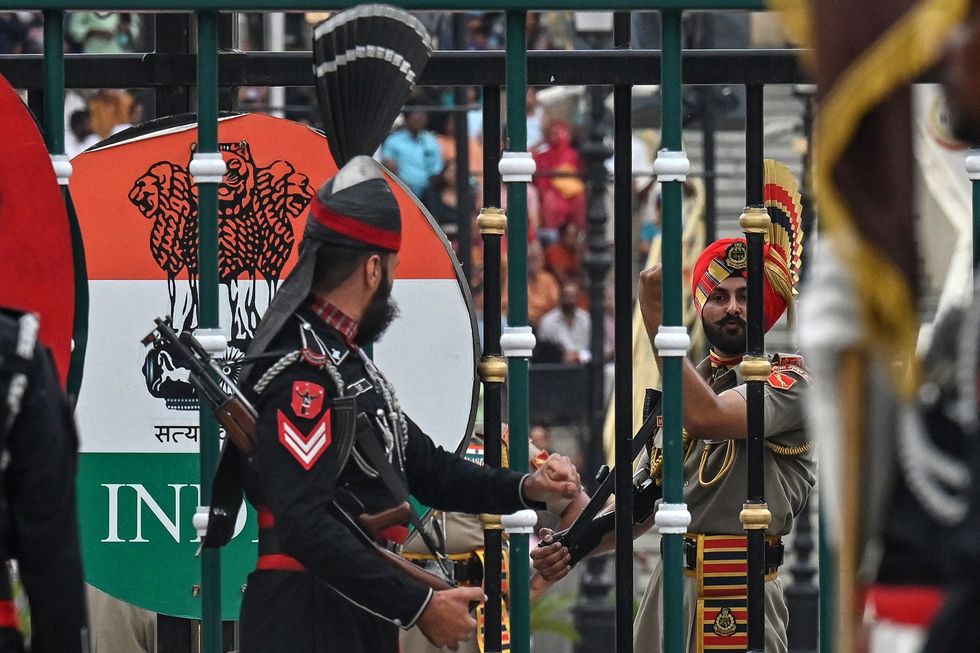
A quiet safeguard in a volatile region
While overshadowed by diplomatic summits and political rhetoric, the DGMO contact remains a quiet yet essential tool for strategic stability between India and Pakistan. Its relevance becomes even more pronounced during periods of silence at the diplomatic level, as is the case now.
With schools closed near the LoC, markets still rattled by uncertainty, and civilians recovering from recent crossfire, the DGMO hotline stands as a rare mechanism still functioning. It may not guarantee peace, but it ensures that when both sides need to talk—even in anger—they have a way to do so.


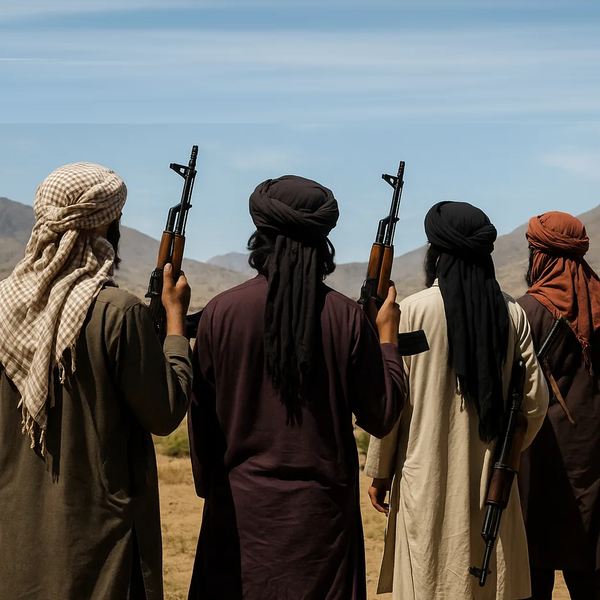


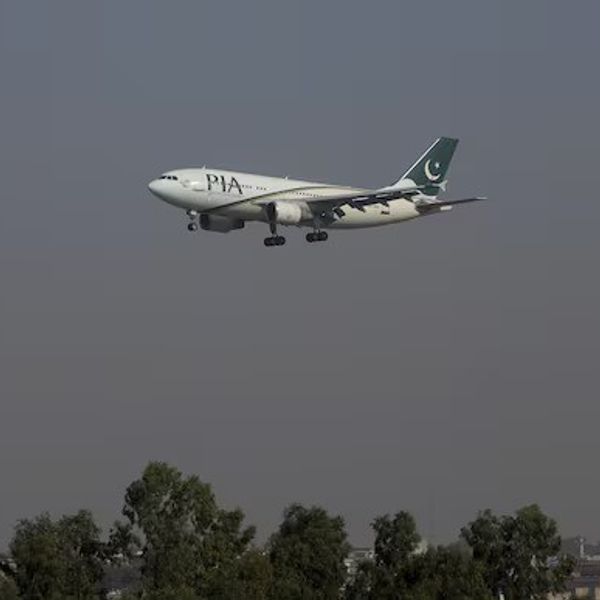
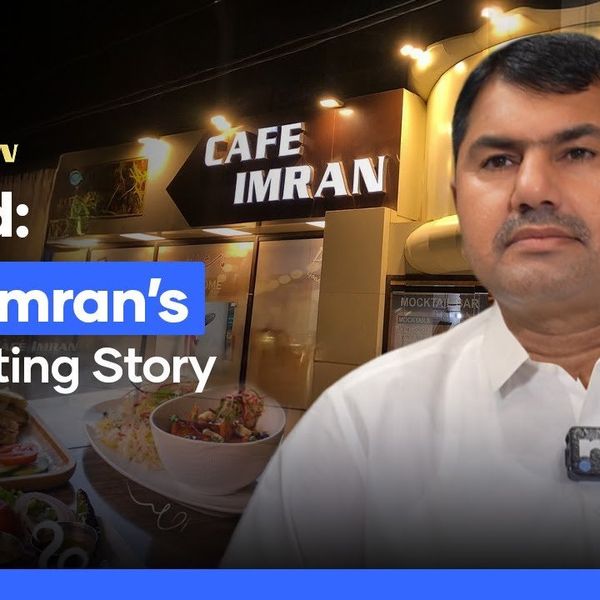
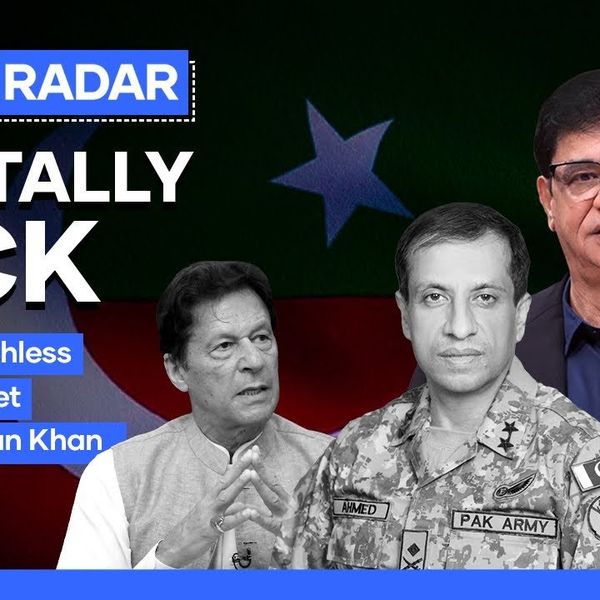


Comments
See what people are discussing